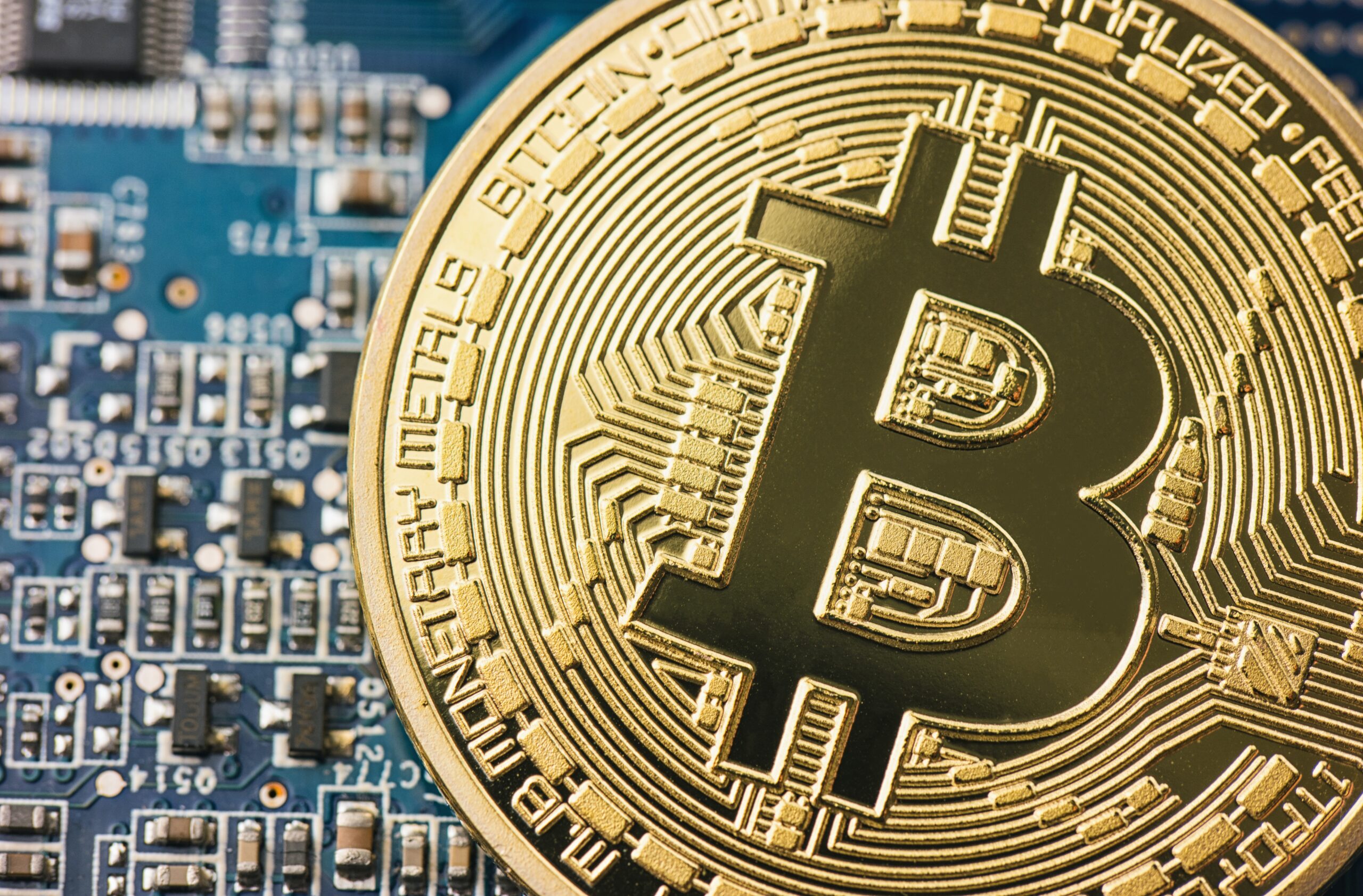What is Decentralized Exchange (DEX)?
A cryptocurrency asset trading application is known as a decentralized exchange, abbreviated DEX for short. Instead of centralized trading systems, DEXs use smart contracts to make exchanges and other transactions.
The main difference between decentralized and centralized...

A cryptocurrency asset trading application is known as a decentralized exchange, abbreviated DEX for short. Instead of centralized trading systems, DEXs use smart contracts to make exchanges and other transactions.
The main difference between decentralized and centralized exchanges is that decentralized exchanges do not hold user funds and do not keep track of transactions. When a user links his wallet to the platform, the platform gets the money from the user’s wallet right away. Additionally, decentralized exchanges do not have any kind of user authentication process in place.
Difference between Centralized and Decentralized Exchanges
The structure of centralized cryptocurrency exchanges (CEXs) like Coinbase, Bitfinex, and Kraken is similar to that of traditional stock markets. They are run by specific legal entities that are responsible for how the platform works, keeping user money safe, and following the law.
Because of this, the admins of centralized exchanges have access to their customers’ cash and, if necessary, can limit a specific user, an activity, or an entire direction, like withdrawals. In addition, the identity verification (KYC) process must be completed by every new user before they may access the service.
On the other hand, decentralized exchanges don’t act as middlemen in transactions. They also don’t keep their users’ cash or personal information. Most of the time, customers are identified by their blockchain addresses and non-custodial wallets that are linked to the app. With the assistance of smart contracts, a variety of activities, including commercial transactions, can take place.
In addition, crucial decisions are not made by the founding and development team in many decentralized exchanges; rather, they are decided by the community of governance token holders through voting in the DAO. This is the case in many of the exchanges.
On the other hand, DEX often has a key developer who is responsible for the creation and development of smart contracts as well as the application protocol. Concurrently, the source code of essential components can be viewed publicly. Decentralized exchanges are the most common type of application that uses DeFi.
What are some of the benefits that come with using decentralized exchanges?
Most of the benefits of decentralized exchanges come from the fact that they are made up of many different parts. The following is a list of some of the most significant advantages, however, some of them also have some drawbacks:
- trading interface that is incredibly straightforward and does not include order books or other order types;
- clients are able to maintain their total anonymity when working with DEX because it is not necessary for them to register, open a personal account, or undergo verification (KYC) that requires the provision of personal data;
- since DEXs do not keep the crypto assets of their users, neither the exchange developers nor the authorities have the ability to limit users in any other way or freeze the monies in their accounts;
- the listing of new assets on the DEX takes place almost immediately after the replenishment of the respective liquidity pools;
- the potential for users to generate passive income by contributing assets to liquidity pools; DEX users have the ability to participate in the governance of the platform by “farming” a governance token.
Therefore, users of decentralized trading platforms have complete control over their financial resources, but also complete accountability for the consequences of their actions.
What do you think the future holds for DEX?
Decentralized exchanges that utilize AMM technology have garnered the attention of millions of users, attracted investments totaling tens of billions of dollars, and evolved into an indispensable component of both the decentralized finance industry and the cryptocurrency market in general.
In addition, a number of centralized exchanges have begun operating their very own decentralized exchanges (DEXs) or have adopted certain aspects of the functionality offered by DEXs. Binance, the world’s largest cryptocurrency exchange, introduced a new service based on AMM technology called Binance Liquid Swap in September of 2020. This service not only enables users to trade dozens of different cryptocurrencies, but it also enables users to place their assets in liquidity pools and receive a percentage of the trading fees that are generated from those pools.
It is reasonable to anticipate that decentralized exchanges will in the future increase the functionality available to traders and improve their interoperability to allow for the straightforward, inexpensive, and quick exchange of assets on many blockchains.
